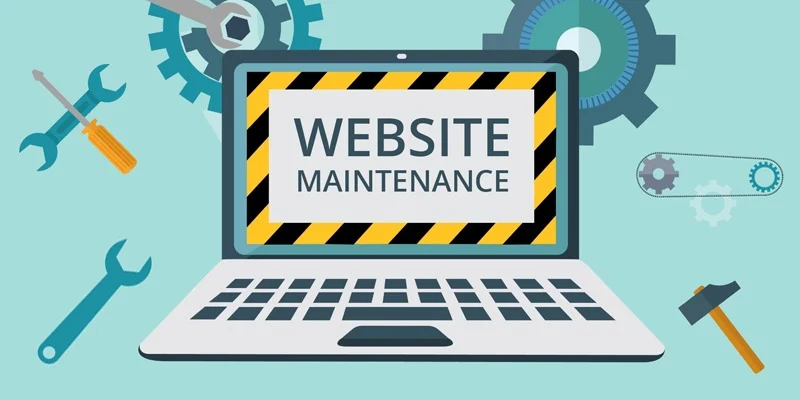Determining whether your website is “bad” or not is subjective and can vary depending on your goals, target audience, and industry standards. However, there are common signs that may indicate your website needs improvement. Here are some key indicators to help you evaluate your website’s quality:

1. High Bounce Rate: A high bounce rate indicates that visitors are leaving your website shortly after arriving. This could be due to unappealing design, slow loading times, irrelevant content, or poor navigation.
2. Slow Loading Times: If your website takes too long to load, visitors are more likely to leave. Slow loading times can be caused by large images, excessive plugins, or server issues.
3. Unresponsive Design: A website that doesn’t adapt to different screen sizes and devices (e.g., mobile phones and tablets) can deter users. Responsive design is essential for a positive user experience.

4. Outdated Design: An outdated or unprofessional design can make your website look untrustworthy. Ensure your website’s design is modern, visually appealing, and aligns with your brand.
5. Poor Navigation: Complex or confusing navigation menus can frustrate users. Make sure your website has clear and intuitive navigation to help visitors find what they’re looking for.
6. Lack of Mobile Optimization: With the increasing use of mobile devices, your website should work seamlessly on smartphones and tablets. A lack of mobile optimization can drive users away.
7. Irrelevant or Outdated Content: Content that is outdated, inaccurate, or no longer relevant can harm your website’s reputation. Regularly update and maintain your content.
8. Broken Links: Broken links can frustrate users and harm your SEO. Regularly check for broken links and fix them promptly.
9. Ineffective Call to Action (CTA): If your website’s CTA buttons or forms are not clear, compelling, or strategically placed, you may miss out on conversions.
10. High Exit Rates on Important Pages: Check your analytics to identify pages with a high exit rate, especially on key pages like product pages or contact forms. This can indicate issues with these pages.
11. Lack of Security: If your website doesn’t have an SSL certificate (https) or has security vulnerabilities, visitors may perceive it as untrustworthy.
12. Low Search Engine Ranking: If your website is not ranking well on search engines, it may not be optimized for SEO. Invest in SEO strategies to improve your visibility.

13. Poor Social Media Integration: Social media links and sharing options should be easily accessible on your website. This encourages user engagement and sharing of your content.
14. High Cart Abandonment Rate (for e-commerce sites): If you run an online store, a high cart abandonment rate could indicate issues with the checkout process, shipping costs, or trustworthiness.
15. Negative User Feedback: Pay attention to user reviews, comments, and feedback. Negative comments or reviews can provide valuable insights into areas that need improvement.
To evaluate your website objectively, consider conducting user testing, surveys, or seeking feedback from peers or professionals in web design and development. Remember that a “bad” website is not necessarily a lost cause; improvements can be made to enhance user experience and achieve your website’s goals.
Follow Us On Social Media: 2004total visits,6visits today
2004total visits,6visits today